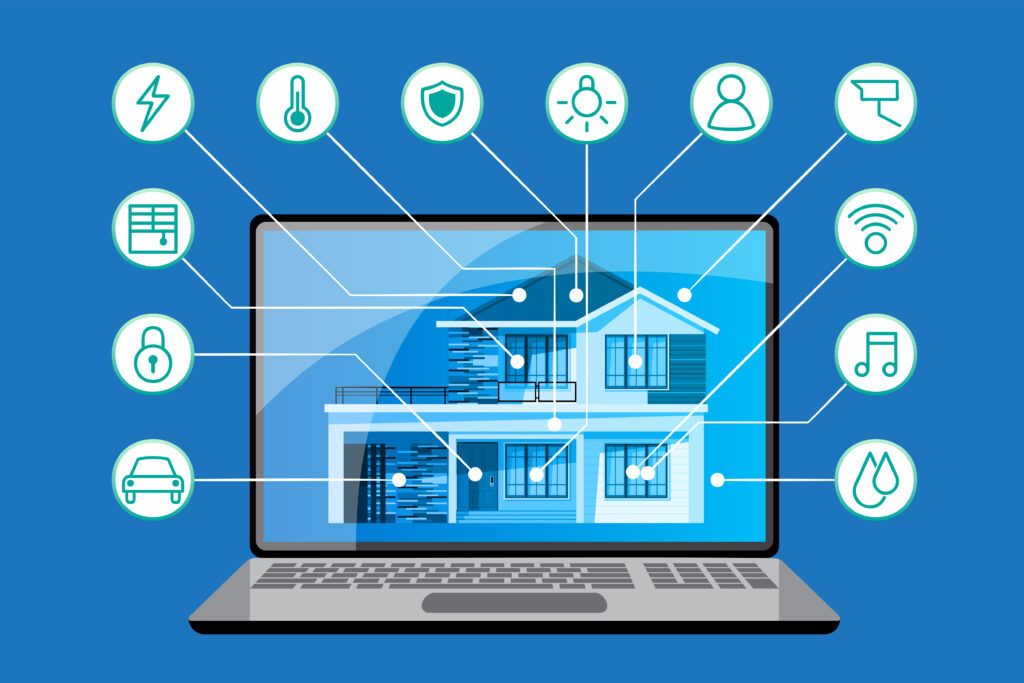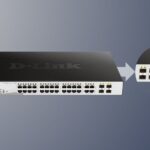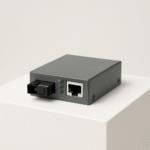

Apr 02 2024
/
How should you secure your home wireless network for teleworking
With teleworking’s rise, our home wireless networks are now vital to our work lives. They secure our company’s digital access, data, and communication. Thus, it’s vital to strengthen our networks against cyber threats, safeguard our privacy, and keep our productivity high.
Understanding the Risks
To secure our home wireless networks, we must understand the risks in the digital world. The internet not only connects us to work but also exposes our home networks to cyber threats. Risks include:
- Data Interception: Unsecured Wi-Fi can lead to the theft of confidential information.
- Malware Infections: Without proper security, your network can become a hotbed for malware.
- Unauthorized Access: Weak passwords may allow outsiders to access your network and data.

Best Practices for Securing Home Network
To mitigate these risks, adopt the following best practices to fortify your home wireless network and ensure it’s as secure as possible.
- Use Strong Passwords and Network Encryption
The first line of defense for any home network is a strong and unique password. Change the default password set by your router manufacturer to a complex one that includes a mix of letters, numbers, and special characters. Furthermore, ensure that your Wi-Fi network is encrypted with WPA3 or WPA2 protocols for an added layer of protection. - Implement Two-Factor Authentication (2FA) Where Possible
Two-factor authentication adds a critical layer of security by requiring a secondary form of verification, such as a code sent to your smartphone, in addition to your password. If offered by your router or any teleworking tools, always enable 2FA to significantly reduce the risk of unauthorized access. - Regularly Update Your Router’s Firmware
Firmware updates aren’t just for your devices; your router also needs them to patch vulnerabilities that could be exploited by cybercriminals. Stay vigilant and make sure your router’s software is always up to date. - Secure Your Connected Devices
Every device connected to your network is a potential route for attack. Ensure that all your teleworking devices have updated security software and consider segmenting your network to isolate your work devices from personal ones. - Be Cautious With Guest Networks
If you must offer guest network access, do so with caution. Make sure it’s separate from your main network and set a password that’s distinct from your primary network. Limit its use and update its password regularly. - Use a VPN for Teleworking
A Virtual Private Network (VPN) adds a layer of encryption to your internet connection, making it more difficult for outsiders to monitor your online activity. Always connect to a VPN when teleworking, especially when accessing company resources. - Disable Remote Management
Many routers support remote management, which sounds great until you realize it’s a potential backdoor for hackers. Whenever possible, turn off this feature to prevent unauthorized control of your router settings. - Turn on Network Name (SSID) Broadcasting
While invisible networks might seem more secure, they’re not. Visible SSIDs allow you to easily identify your network from others, helping you avoid accidentally connecting to a rogue network set up to steal your data.
Advanced Security Measures
For extra security, consider implementing the following more advanced measures.
- Use a More Secure DNS
Boost network security and control your online access with a secure DNS service that guards against phishing and malware, like Cloudflare’s 1.1.1.1 or Google’s Public DNS. - MAC Address Filtering
This method grants or blocks network access using unique MAC addresses as an extra control step. However, remember that MAC addresses can be spoofed, so it’s not completely secure. - MIMO and Beamforming Technologies
If your router has MIMO and beamforming, it can boost network security by directing signals to connected devices instead of broadcasting widely.
Educate Your Household
Securing your home network isn’t a one-person job. Educate those sharing the space on the importance of following security protocols to ensure everyone is aligned with network safety practices.
Responding to a Security Breach
Even with strong precautions, breaches can happen. If you suspect a security issue:
- Disconnect: Cut off the affected device from your network immediately to stop malware or intrusions.
- Change Passwords: Update passwords for all network devices, especially if your router was compromised.
- Update Security Software: Make sure your devices’ security software is current and scan for any issues.
- Inform Relevant Parties: For work-related breaches, quickly tell your employer or IT department for data protection.
Securing your home network for remote work is crucial. Following best practices, being aware of risks, and knowing how to react to breaches ensures you’re well protected.
Frequently Asked Questions
How often should I change my network passwords?
Change your network passwords every three to six months or if you think your network security is at risk.
Can I use the same password for my router and even for Wi-Fi network?
It’s possible, but not advised. Different passwords offer better security.
Should I allow my guests to use my primary Wi-Fi network?
No, use a guest network for better security and to reduce the risk of unauthorized data access.
How do I know if my home network is secure?
Check and update your router’s firmware regularly, use WPA3 encryption for your Wi-Fi, and keep an eye on the number of connected devices for any unusual activity.
What should I do if I notice an unauthorized device on my network?
Change your Wi-Fi password immediately, disconnect unknown devices, and update your router’s security settings and encryption method if needed.





